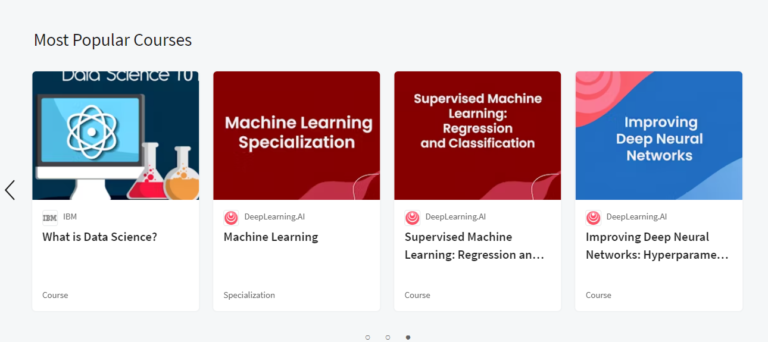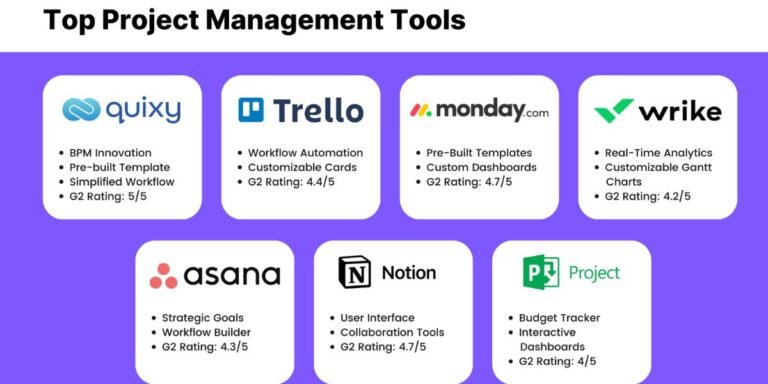7 Best AI Photo Editing Software Apps in 2024
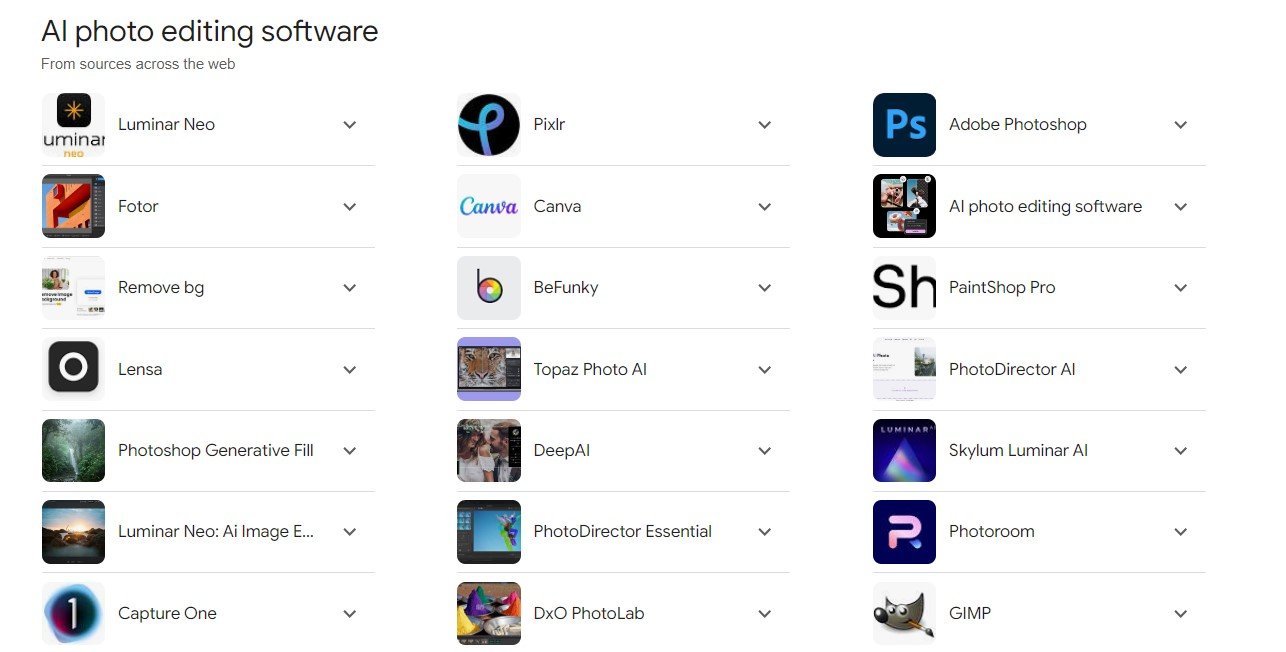
The best AI software for photo editing utilizes sophisticated machine and deep learning algorithms, offering you top-notch features such as automated retouching and color correction.
Popular choices among professionals include Adobe Photoshop and Lightroom for their advanced capabilities, Capture One for robust tethering and color control, Skylum Luminar for its AI Sky Replacement feature, and DxO PhotoLab for noise reduction and lens correction.
As you explore these options further, you’ll discover how effective these AI-enhanced tools can be in transforming your photography editing process. So, why wait? Dive into the world of high-tech photo editing!
The best AI photo editors
-
Adobe Photoshop for a full-featured photo editing and design app
-
Luminar Neo for an AI-powered photo editor
-
Canva for an AI-powered design app
-
Pixlr for an easy-to-use online AI editor
-
Lensa for a mobile AI photo editor
What does an AI photo editor do?
An AI photo editor, your digital darkroom assistant, leverages machine learning algorithms to automate and enhance various aspects of photo editing. It pulls on its AI editing capabilities to deliver high-quality results, outperforming traditional techniques that can be time-consuming and less precise.
One fundamental attribute of an AI photo editor is image recognition. This feature allows the software to identify and classify objects within a photo automatically, saving you the trouble of manually selecting and editing each component.
Automated enhancements are another hallmark of AI photo editors. The software can automatically adjust elements such as brightness, contrast, and saturation to improve the overall quality of the image. It’s like having a professional photo editor at your fingertips, but without the hefty price tag.
Facial recognition is another selling point. This feature detects faces within a photo and can automatically retouch skin, eyes, and teeth to enhance the subject’s appearance.
What makes the best AI photo editor?
When sizing up the best AI photo editor, you’ll want to consider a few critical features that can truly take your photo editing game to the next level. First, is the software capable of machine learning for image enhancement? This feature allows the system to learn from past edits, constantly improving its ability to enhance your photos over time.
Deep learning is another crucial factor. This technology enables automated retouching, effectively reducing your workload and ensuring consistent high-quality results. A top-tier AI photo editor should also incorporate artificial intelligence for creative filters. This enables you to experiment with different styles and effects, providing a unique touch to every image.
Neural networks play a key role in facial recognition, a must-have feature in today’s photo editing software. It helps in customizing edits for individual faces in your photos, ensuring each person looks their best. Lastly, smart algorithms for color correction can help balance and enhance the overall color scheme of your photos, achieving a professional look with minimal effort.
7 Best AI Photo Editing Software in 2024
Navigating the plethora of photo editing software in 2024, you’ll find that the top-performing AI tools stand out with their advanced technological features and user-friendly interfaces. These tools have kept pace with future advancements in AI technology, offering solutions that significantly cut down on editing time and increase efficiency.
The industry integration of these AI tools is seamless. They work harmoniously with other software and systems, providing you with a streamlined workflow. With the user-friendly interface, you don’t have to be a tech guru to navigate through the software.
Customization options are a key feature in these AI tools. They allow you to tailor your editing process to your unique needs and preferences. The opportunity to personalize your tools adds a layer of convenience that sets these AI software apart from the pack.
When it comes to competitive pricing, the best AI photo editing software in 2024 offers a great balance between cost and value. The pricing models are flexible, accommodating different budgets and needs. In essence, you’re not just paying for a tool; you’re investing in an ally that can help bring your creative vision to life with ease and precision.
Here’s a list of the seven best AI photo editing software in 2024, evaluated for their features, usability, and overall performance.
1. Adobe Photoshop
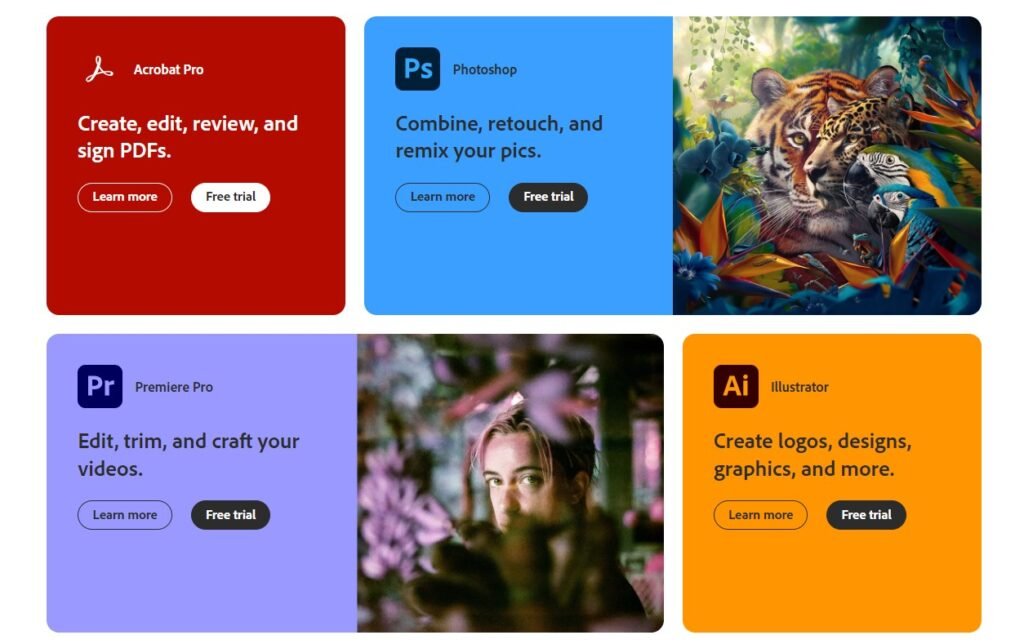
Adobe Photoshop remains a leader in photo editing, integrating advanced AI features like Adobe Sensei to enhance its capabilities.
Key Features:
- AI-powered sky replacement
- Neural Filters for advanced retouching
- Automatic subject selection
- Content-aware fill
- Smart object detection
Pros:
- Comprehensive toolset
- Regular updates with new features
- Extensive tutorials and community support
Cons:
- Steep learning curve
- Subscription-based pricing
Verdict: Adobe Photoshop is ideal for professional photographers and designers who need a powerful and versatile photo editing tool, despite its complexity and cost.
2. Luminar AI
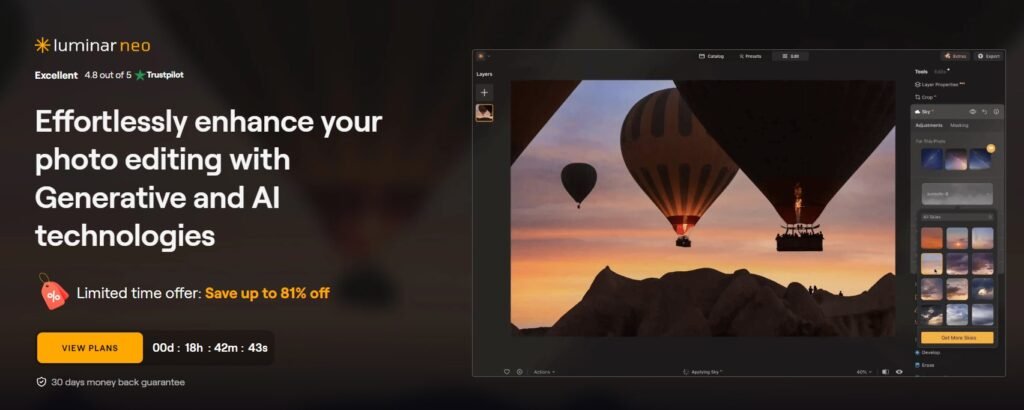
Luminar AI focuses on simplifying the editing process with powerful AI tools, making it accessible for beginners and advanced users alike.
Key Features:
- AI Sky Enhancer and Sky Replacement
- AI Skin Enhancer and Portrait Enhancer
- Composition AI for automatic framing
- Structure AI for detailed enhancement
- One-click templates for quick edits
Pros:
- User-friendly interface
- Powerful one-click enhancements
- Affordable one-time purchase option
Cons:
- Limited advanced editing tools compared to Photoshop
- Occasional performance issues with large files
Verdict: Luminar AI is perfect for photographers looking for an easy-to-use, powerful AI editing tool without a subscription model.
3. Topaz Labs
Topaz Labs specializes in AI-powered photo enhancement tools, providing software for sharpening, denoising, and upscaling images.
Key Features:
- AI Gigapixel for upscaling images
- DeNoise AI for noise reduction
- Sharpen AI for enhancing image clarity
- Mask AI for precise selections
- JPEG to RAW AI for converting file formats
Pros:
- Excellent noise reduction and sharpening capabilities
- Specialized tools for specific editing tasks
- Standalone applications and plugins for other software
Cons:
- Can be resource-intensive
- Separate purchases for different tools
Verdict: Topaz Labs is ideal for photographers needing advanced noise reduction, sharpening, and upscaling tools, despite the need to purchase separate applications.
4. ON1 Photo RAW
ON1 Photo RAW offers a comprehensive suite of photo editing tools with strong AI integration, suitable for professional photographers.
Key Features:
- AI Auto Tone for quick adjustments
- AI Masking for easy selections
- Portrait AI for skin smoothing and retouching
- Sky Swap AI for realistic sky replacements
- Non-destructive editing workflow
Pros:
- All-in-one photo editing solution
- Non-destructive editing
- Extensive library of presets and filters
Cons:
- Steeper learning curve
- Slower performance on older hardware
Verdict: ON1 Photo RAW is great for professional photographers looking for an all-in-one editing solution with powerful AI tools.
5. Corel PaintShop Pro
Corel PaintShop Pro combines traditional photo editing with AI enhancements, offering a versatile tool for photographers and designers.
Key Features:
- AI Upsampling for enlarging images
- AI Artifact Removal for cleaner images
- AI Denoise for reducing noise
- AI Style Transfer for artistic effects
- PhotoMirage Express for creating animations
Pros:
- One-time purchase model
- User-friendly interface
- Extensive feature set
Cons:
- Windows-only
- Fewer advanced features compared to Photoshop
Verdict: Corel PaintShop Pro is a cost-effective, versatile photo editing tool ideal for Windows users looking for a one-time purchase option.
6. DxO PhotoLab
DxO PhotoLab offers advanced AI-powered tools for photo editing and raw processing, making it a favorite among professional photographers.
Key Features:
- DeepPRIME noise reduction
- ClearView Plus for haze removal
- Smart Lighting for dynamic range adjustment
- U Point technology for precise local adjustments
- Advanced lens corrections
Pros:
- Excellent raw processing capabilities
- Powerful noise reduction
- Customizable workspace
Cons:
- Expensive compared to other software
- Limited organizational tools
Verdict: DxO PhotoLab is ideal for professional photographers who need advanced raw processing and noise reduction capabilities, despite its higher cost.
7. Affinity Photo
Affinity Photo is a powerful, budget-friendly alternative to Adobe Photoshop, with strong AI integration for photo editing.
Key Features:
- AI-powered selection and masking tools
- HDR Merge for high dynamic range images
- Focus Merge for enhanced depth of field
- Panorama stitching
- Non-destructive editing
Pros:
- Affordable one-time purchase
- Comprehensive set of editing tools
- Cross-platform (Windows, Mac, iPad)
Cons:
- Lacks some advanced features found in Photoshop
- Smaller community and fewer tutorials
Verdict: Affinity Photo is a great choice for photographers and designers looking for a powerful, affordable alternative to Photoshop.
What software do professional photographers use?
Building on the value proposition of AI-powered photo editing tools, you might wonder what software is a go-to choice for professional photographers. Diving into the world of professional tools, there are several top choices that industry veterans swear by.
Adobe Photoshop and Lightroom are popular options, offering an array of advanced features, from intricate detail adjustments to comprehensive color grading. These tools leverage AI capabilities, making complex editing tasks more manageable and efficient.
Capture One is another industry favorite, lauded for its robust tethering capabilities and precise color control. Skylum Luminar, with its AI Sky Replacement feature, has carved out a niche for landscape photographers. DxO PhotoLab, with its noise reduction and lens correction features, is also worth considering.
Expert recommendations often point towards ON1 Photo RAW for its non-destructive editing and powerful RAW processing. It’s also praised for its AI-based features like AI Match and AI Auto, which smartly adjust photos based on light and color conditions.
Frequently Asked Questions
What Are the Pricing Options for AI Photo Editing Software?
You’ll find various pricing options for AI photo editing software, including different subscription models and payment plans. It’s worth doing a pricing comparison, looking at cost breakdowns and any discounts available.
Can I Get a Free Trial Before Purchasing an AI Photo Editing Tool?
Yes, most AI photo editing tools offer free trials, but check for trial limitations. Consider free alternatives, read user feedback, and assess AI capabilities and customer support before making a purchase.
Are AI Photo Editors Compatible With All Operating Systems?
Yes, most AI photo editors are compatible with various operating systems. However, you should check system requirements to avoid compatibility issues. Technical support can help improve your user experience with updates and upgrades.
What Are the Main Differences Between AI Photo Editors and Traditional Photo Editing Software?
AI photo editors differ greatly from traditional methods. They offer automation benefits, enhanced precision, time-saving advantages, and endless creative possibilities. It’s a new era in photo editing where AI triumphs in efficiency and innovation.
How User-Friendly Are These AI Photo Editing Tools for Beginners?
AI photo editing tools are quite user-friendly for beginners. There’s a learning curve, but the features overview, accessibility options, customer support, and available tutorials make the process less daunting. You’ll get the hang of it quickly.
Conclusion
In conclusion, AI photo editing software is transforming the photography world, making the editing process smoother and faster. The best AI editors offer unique features, from automatic enhancements to intelligent object recognition. While professionals often lean towards software like Adobe Lightroom or Skylum Luminar, there’s a growing pool of innovative AI-powered alternatives to explore. Stay tech-aware and choose the tool that suits your creative needs and workflow the best. You’re in control of your artistic vision.


